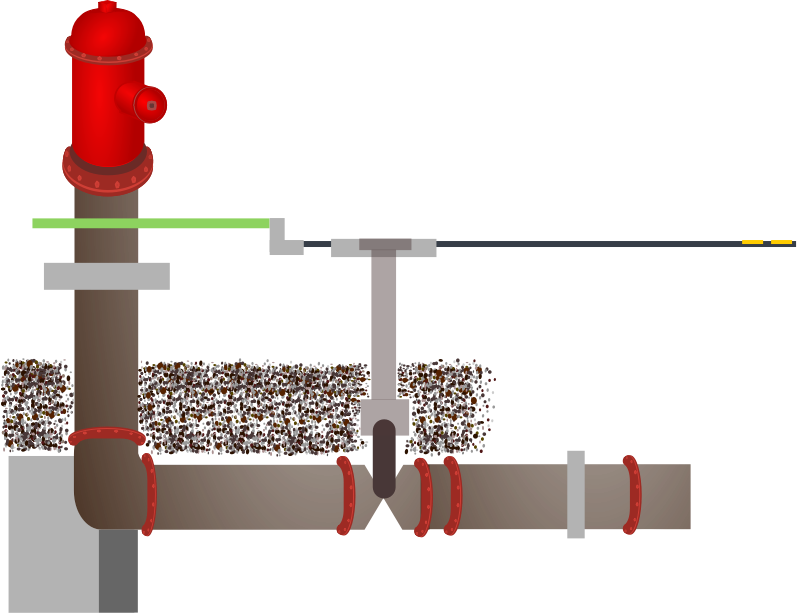Advantages of using Django? (#63)
So what are the advantages in using Django? It does make the modelling easy, but it also adds some extra constraints or complexities. There are many advocates of Django and many places where people will try to answer the question “Why use Django?” In the table below, I have included links to eight such articles, [...]






